
Luck. Now that’s a difficult concept to get your head around. Even this deep into the Information Age when most modern folks worship at the exalted altar of science, you can still find people who refuse to walk under a ladder, won’t open an umbrella indoors, or say “Bless you” when someone nearby sneezes. We humans are pretty darn strange.

However, what do you expect? Random chance is indeed a fickle mistress. In the superb book Bravo Two Zero by Andy McNab, two SAS operators are sitting side by side in a stolen car stopped at a roadblock on a black rainy night in the Iraqi desert during the First Gulf War. The two men are oriented shoulder-to-shoulder, and the car is stopped in a long line of vehicles rendered immobile by an Iraqi checkpoint.
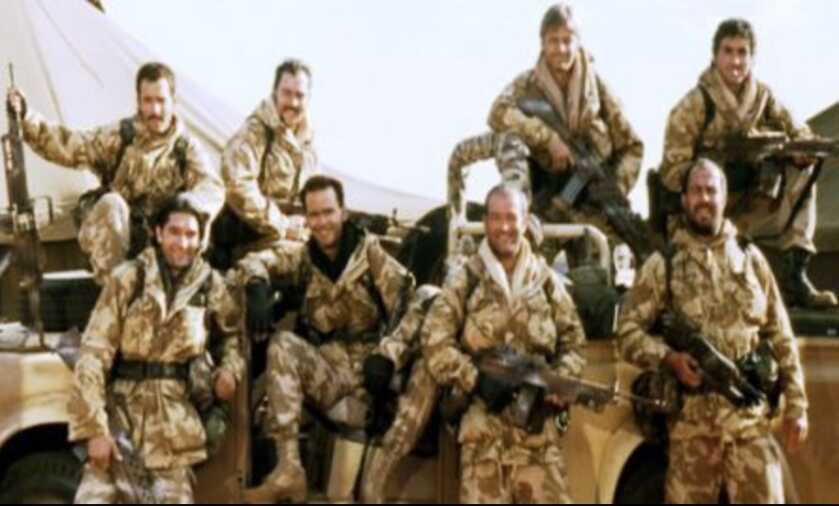
When discovery was inevitable the two men bailed out of the car, one on the left and the other on the right. One man escaped to freedom, while the other was killed. They began in the same spot, yet each man’s ultimate fate was driven by the side of the car he exited. It’s hard not to get a little weirded out over stuff like that.

Personally, I attribute such stuff to Divine Providence. My faith that an all-powerful God loves and watches over me is a source of great comfort when life is going pear-shaped. God and I have gotten through some remarkable scrapes together. However, in the case of SSG Alan Magee, we find a tale that strains credulity. His story would be impossible to believe had it not been reliably verified.
The Man

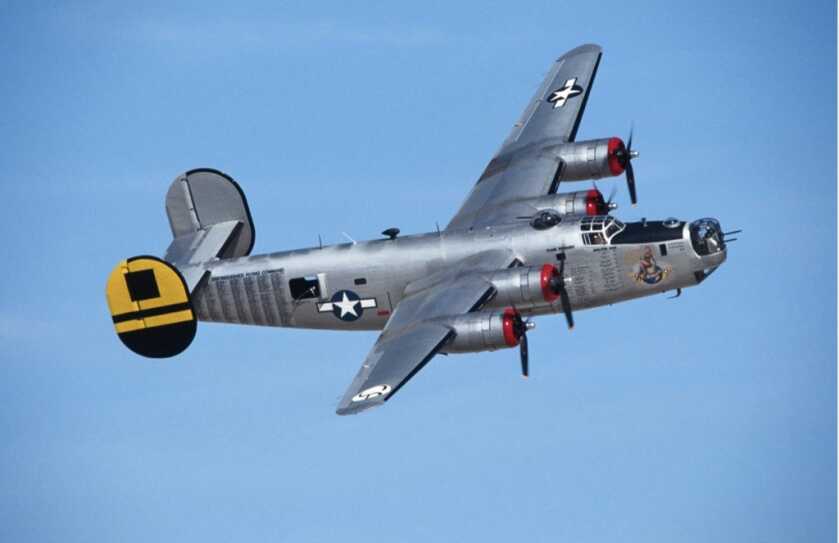
Alan Eugene Magee was born on January 13, 1919, the youngest of six children. He grew up in Plainfield, New Jersey. When the war broke out Magee enlisted in the US Army Air Corps and trained to be a gunner on a heavy bomber. The heavies—the B17 Flying Fortress and the B24 Liberator—promised to revolutionize warfare. Through these expensive strategic assets, the Allies hoped to break the will of the German people to fight. Victory, however, would come at a terrible cost.

SSG Magee’s mount, a B17F christened “Snap! Crackle Pop!,” carried a crew of ten. WW2-era fliers had a good deal more latitude to personalize their aircraft than we did when I flew for Uncle Sam. Part of that was because so many of these old planes were destroyed so quickly. Tactical aircraft fighting in WW2 frequently did not survive very long in combat. By contrast, our mounts operating without anybody actively shooting at us were expected to last essentially indefinitely.
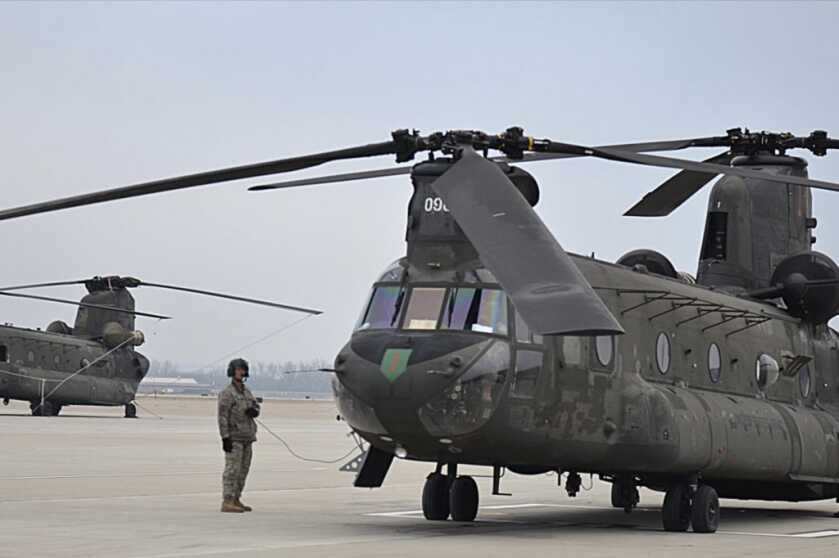
For a time I flew an entirely different Boeing product. In my day the flight engineer and crew chief owned the airplane. It was their names that rightfully got stenciled on the sides. The pilots just borrowed them from time to time. We typically drew specific tail numbers for specific missions at the whim of the maintenance officers. When we deployed to some austere spaces we’d typically personalize our aircraft with chalk intending to wash it off when we got home.
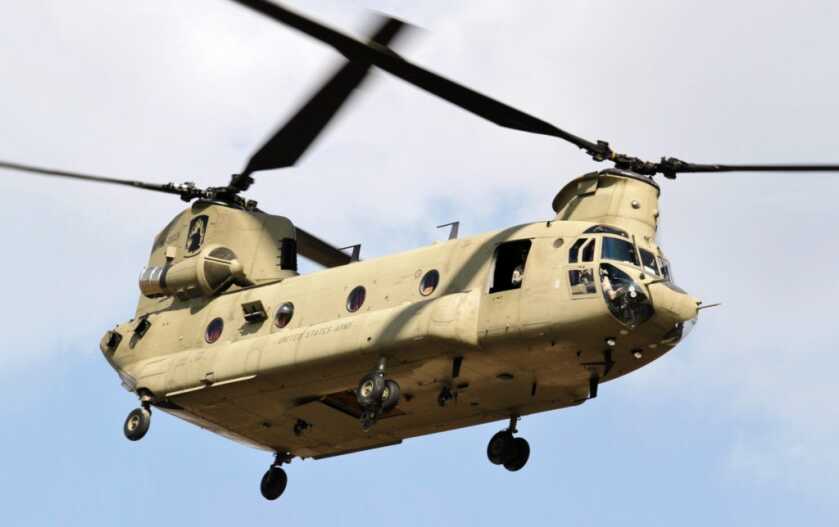
One of my flight engineers returned from a desert deployment with something quite risqué scrawled on the belly of his aircraft. I never crawled underneath them, so I had no idea it was there. Apparently his pornographic expression was intended to entertain the infantry guys with whom we operated. That was all fine until we got back to home station and did a demo for the local press. The belly of his airplane replete with graphic anatomical references made the front page of the local newspaper. Steve, I bet you thought I had forgotten that. Those were some epically great times.
The Plane
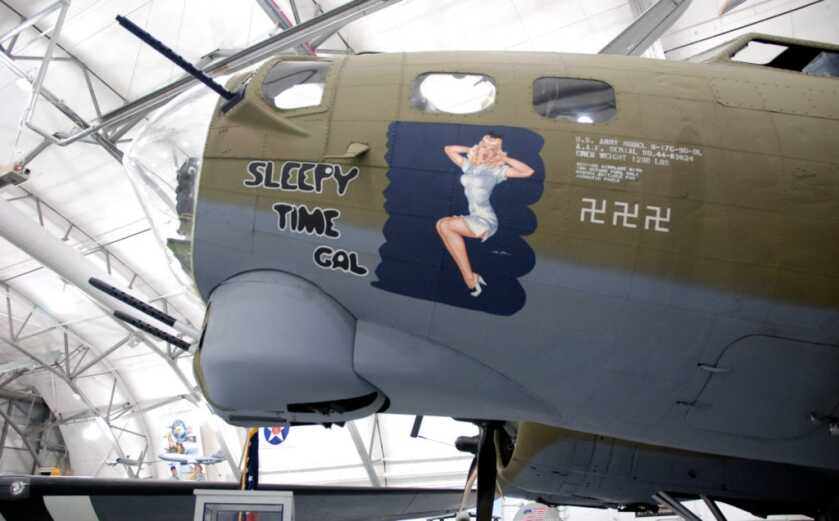
The B17G was the definitive late-war Fortress. The G-model included such upgrades as a motorized chin turret up front to help dissuade attacking enemy fighters from trying nose-on attacks. SSG Magee’s B17F lacked this particular system in favor of a brace of free fifties in ball mounts in the front Plexiglas.

“Snap! Crackle! Pop!” was one of 12,726 of the heavy bombers that rolled out of two plants during World War 2. These planes were powered by four Wright R-1820-97 Cyclone supercharged radial engines each producing 1,200 horsepower. The Wright Cyclone was an iconic design also used in the P36 Hawk, the Douglas DC-3, the SBD Dauntless dive bomber, the Sikorsky H34 helicopter, and, in slightly modified form, certain variants of the M4 Sherman tank.
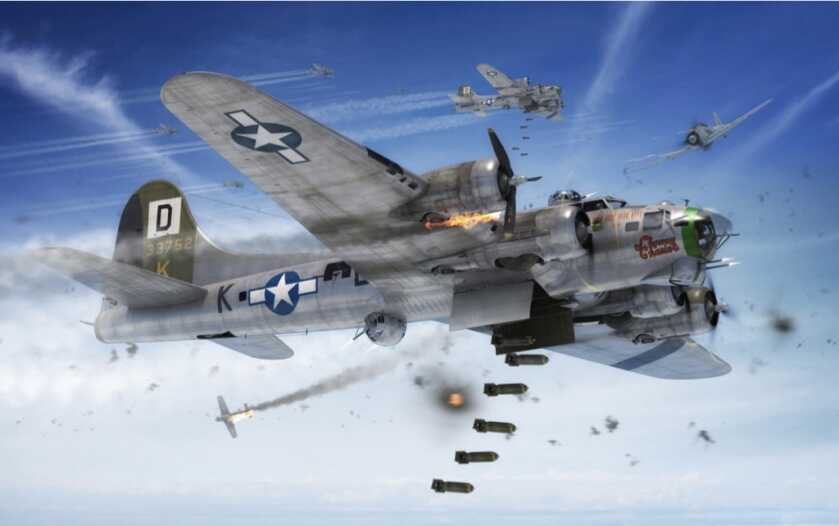
The B17’s bomb load ranged from 4,500 to 8,000 pounds depending upon the required range and environmental conditions. The maximum takeoff weight was a whopping 65,500 pounds, and the plane cruised at 158 knots or 182 miles per hour. The B17’s service ceiling was 35,600 feet.

SSG Magee’s B17F packed eleven AN/M2 .50-caliber machineguns in a variety of handheld and powered mountings. These weapons and mounts were meticulously designed to provide optimal coverage all around the plane, particularly when flown as part of an extensive and coordinated formation with multiple aircraft. SSG Magee was a relatively short man, so he got tagged for the ball turret.
The Sperry Ball Turret
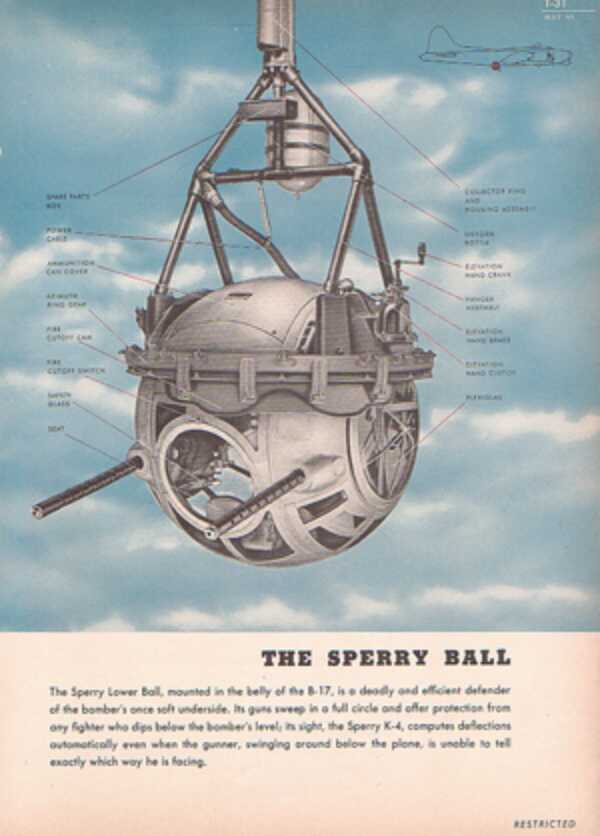
Sperry and Emerson Electric both developed examples of powered ball turrets for use in ventral mounts on combat aircraft during World War 2. The Sperry design was deemed superior and placed into mass production. While the mounts were radically different, both the B17 and the B24 used the same gun turret.
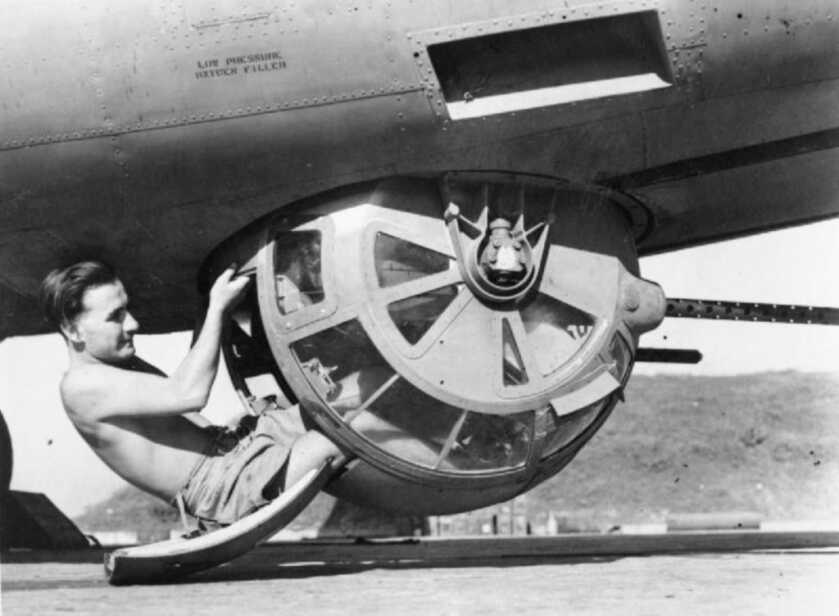
The tricycle landing gear design of the B24 necessitated a retractable mount for the ball turret. Were it not for the retractable mount the turret would strike the ground when the pilot rotated the aircraft for takeoff. By contrast, the conventional landing gear layout of the B17 allowed the ball turret to remain in place through all modes of flight.
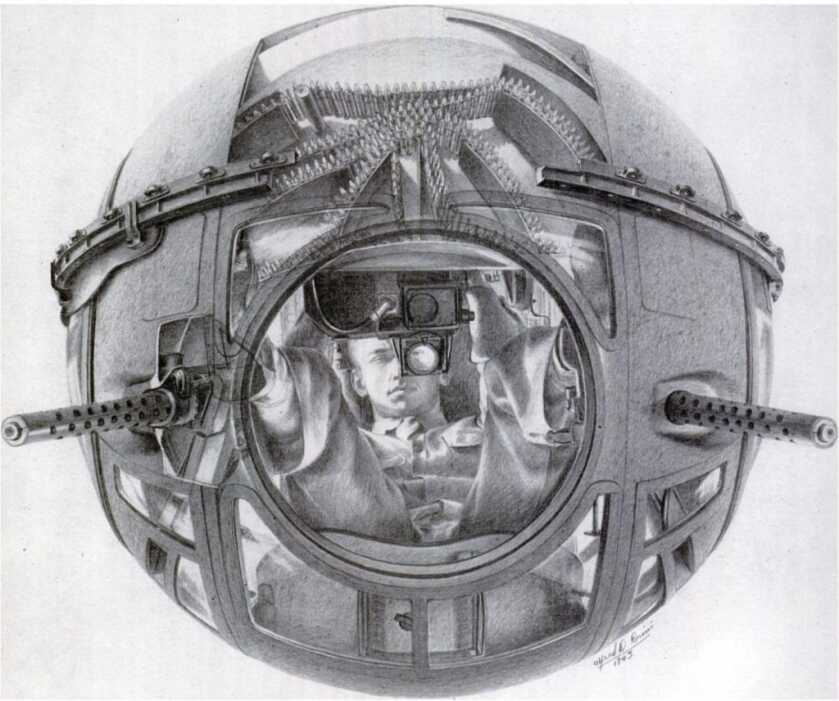
The ball turret was unimaginably cramped. As a result, this position was typically relegated to the smallest member of the crew. To enter the turret the guns were swiveled straight down, and the gunner entered through a small metal hatch in the back. Once in place, the gunner sat in the fetal position flanked on each side by the ample breaches of his twin Browning fifty-caliber machineguns. There was an electronic reflex sight mounted between the gunner’s feet. Charging these weapons and clearing stoppages were incredible chores within the cramped confines of the ball turret. Ammunition fed from the belly of the plane through a pair of articulated feed chutes.
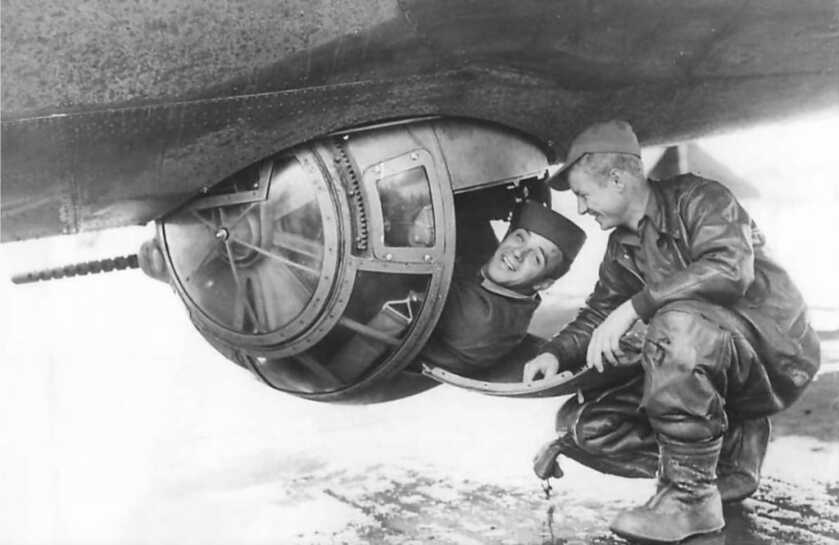
Because of the dearth of usable space, ball turret gunners flew without parachutes. Their chutes were stowed in the crew compartment nearby. However, to bail out, the ball turret gunner had to swivel the guns straight down, unlock and open the access panel, crawl backward out of the turret, attach the parachute, and exit the aircraft. As you might imagine, in a plane that might be gyrating wildly or on fire this could be quite the impressive feat.
The Event
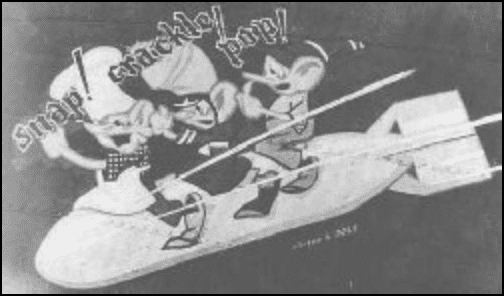
On January 3, 1943, SSG Magee strapped into “Snap! Crackle! Pop!” for his seventh combat mission while assigned to the 350th Bomb Squadron of the 303d Bomb Group. Their objective this fateful day was a daylight run over Saint-Nazaire, France. The submarines that sortied out of Saint-Nazaire caused no end of frustration to trans-Atlantic convoys. As a result, Allied planners invested tremendous effort in trying to take out the sub pens that housed and serviced them.
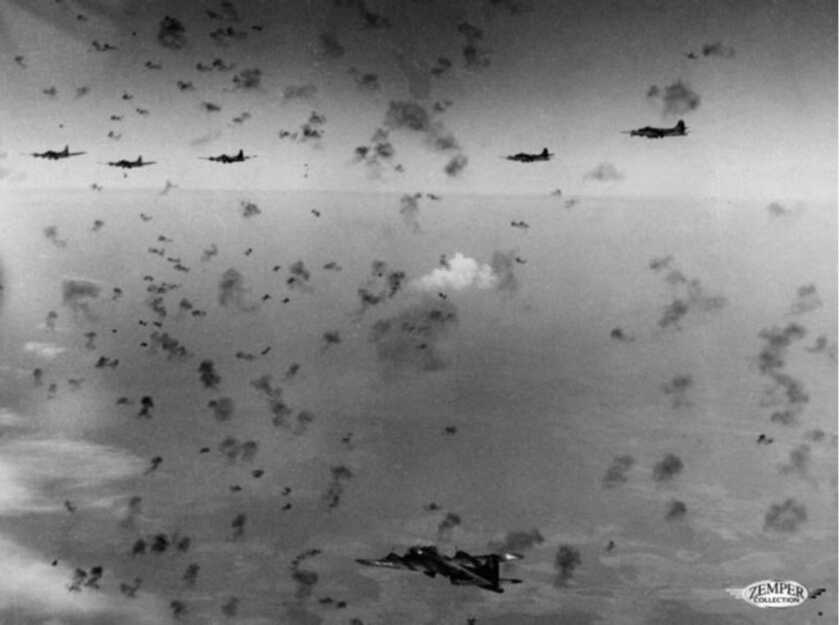
Once near the target, SSG Magee’s aircraft encountered murderously thick flak. A nearby shell burst from a high-velocity 88mm flak gun disabled his ball turret and liberally ventilated both the fuselage of the airplane as well as SSG Magee. SSG Magee clambered out of the turret with difficulty only to find that his parachute had been shredded by the flak hit. As he tried to get his head around that revelation a second shell tore off part of the right-wing. Now uncontrollable, “Snap! Crackle! Pop!” entered a vicious spin.
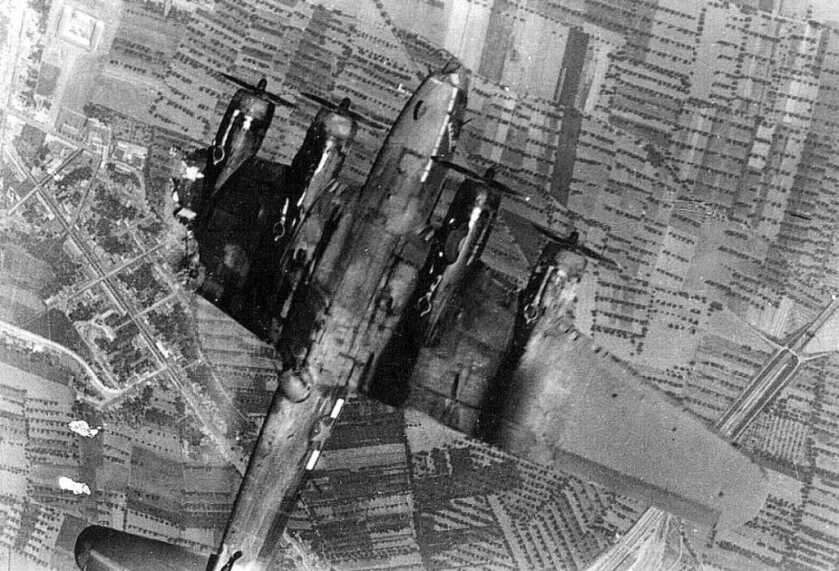
SSG Magee’s plane was at cruising altitude, and his quick egress from the ball turret left him without access to the plane’s oxygen supply. He somehow made it to the radio compartment before losing consciousness due to hypoxia. Soon thereafter his B17 disintegrated.

SSG Magee was miraculously thrown free of the crippled airplane and fell some four miles toward the French ground below. He ultimately ended up crashing through the glass roof of the Saint-Nazaire train station. Passersby found him unconscious but alive on the floor of the terminal.
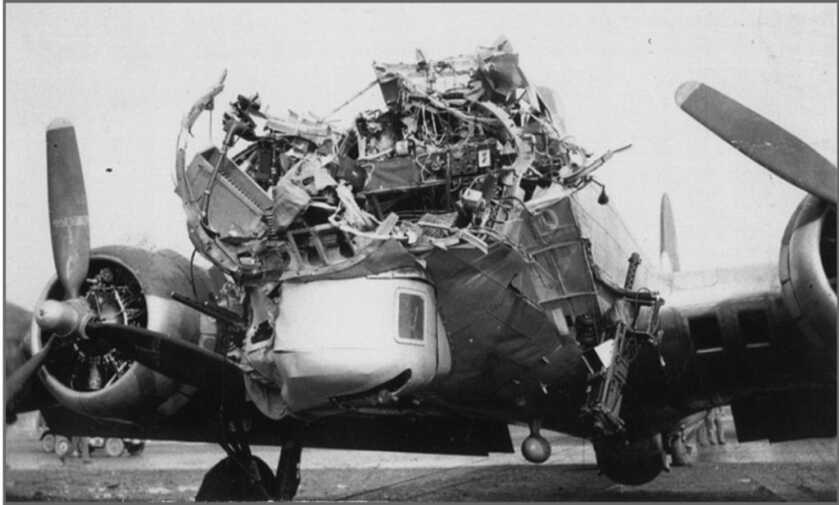
SSG Magee had 28 different shrapnel wounds from the original flak attack. In addition, he suffered multiple broken bones, severe facial trauma, and damage to both his lungs and kidneys. His right arm was also nearly severed from tearing through the glass of the train station. However, he was inexplicably still alive.
The Rest of the Story

Terminal velocity for a limp human is about 120 miles per hour. Nothing about SSG Magee’s ordeal should have been survivable. However, he was taken prisoner by the Germans and eventually recovered after some decent medical care. He spent more than two years in a German POW camp before being liberated in May of 1945. Once he was repatriated he was awarded the Air Medal along with a well-deserved Purple Heart.

After the war, Alan Magee earned his pilot’s license and worked in the airline industry. He retired in 1979 and moved to New Mexico. SSG Magee died in January of 2003 of a stroke and kidney failure at the ripe age of 84, arguably the luckiest man alive.


The Death of the Ball Turret Gunner
By Randall Jarrell
From my mother’s sleep I fell into the State,
And I hunched in its belly till my wet fur froze.
Six miles from earth, loosed from its dream of life,
I woke to black flak and the nightmare fighters.
When I died they washed me out of the turret with a hose.
Great article!! Thank you sir.
Thanks, Will! That’s an incredible illustration that God, and God alone, decides when our time in this life is over. I’ve seen this event referenced in a movie (him crashing through the glass roof of the train station)… but I can’t remember the name of the movie.
Bravo Doctor Dabbs! One of your best stories.
Thanks Will for another great article and for remembering our heroes. I look forward to your articles.
Thank you for such a wonderful article. If only we could instill this kind of patriotism in Americans today. My family is extremely grateful for every soldier who stepped up to serve and protect my family and every family in the USA. Please don’t stop praying for our country. Again, thank you for this inspiring article.
Mr Dabbs, you are a very wicked storyteller!!! I get to the end of your story and I’m kinda mad that it’s the end and there is nothing more to read! AND I WANT TO KEEP READING BECAUSE YOUR STORIES ARE SO DARN ENTERTAINING! Seriously, your stories are like a great steak and baked potato dinner with warm apple pie and ice cream for desert……. very satisfying,,,, however, this story was kind of like not having a good cup of coffee with the ice cream…..I wish you had mentioned what happened to the rest of the flight crew of “Snap, Crackle and Pop”. We modern day Americans owe so very much to our WW2 Soldiers and Marines, men and women alike who represent the best of us, in one of the finest but yet darkest hours in in our countries history. God Bless each and every one of our veterans past, present and future.
Most fascinating,he was really blessed to have survived such an ordeal. It would make for a very interesting movie.
There is a very good short story names Ball Turret Gunner. It can be found on Google.
Thanks again for a superb article and history refresher! Love your writing! Thanks for your service to our once great Republic!
Stories like this keep memories alive and these brave souls did not perish without cause. Untold accounts to refresh those who take life and liberty for granted are the sacrifices made on their behalf. Thank you.
That is insane! His guardian angel was working overtime that day.
WOW, what an incredible story, we all have to go at some time, but some us us survive things that we shouldn’t for a reason.
Thank you Mr. Dabbs. Your chronicles are worthy reads indeed and testimony to much courage. And thank you for your expression of faith. God is with us always.
Wow! :-O :-O
McGee is not the only person to survive that great a fall from an aircraft, Juliana Koepcke fell nearly 2 miles from LANSA flight 508 when the plane exploded. Even more incredible, she landed in the Amazon jungle and walked out to civilization in 11 days.
I am with Mr. Dabbs. God’s purposes are not our purposes.
Amazing 😲😲